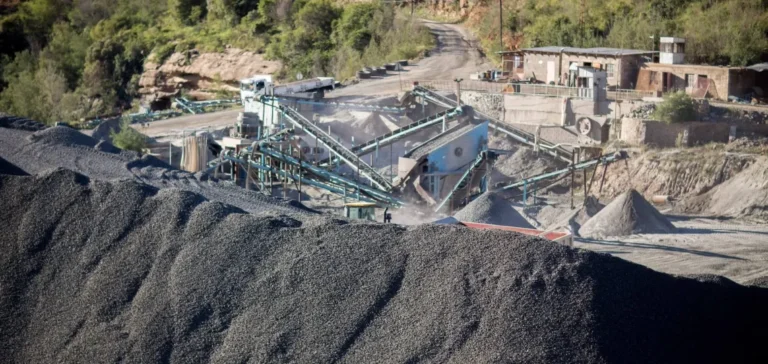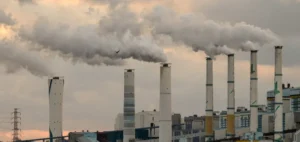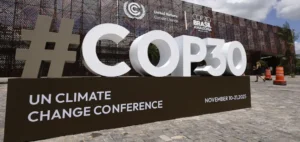Turkey-based energy group Eren Energi Elektrik Uretim has issued a tender for the purchase of 375,000 tonnes of thermal coal intended for power generation, covering the period from August to December 2025. The required coal must have a Net As Received (NAR) calorific value between 5,700 and 6,100 kcal/kg, according to a tender document consulted by S&P Global Platts.
Strict quality criteria for coal
According to the specifications, the sought coal must have a maximum sulphur content of 1.10%, as well as an ash content not exceeding 15% on an air-dried basis. The maximum moisture level is set at 17%, while the volatile matter content must be between a minimum of 35% and a maximum of 42%. Furthermore, the coal’s Hardgrove Grindability Index (HGI) should range between a maximum of 65% and a minimum of 45%.
Each shipment will be delivered in individual lots of 75,000 metric tonnes, with a margin of plus or minus 10%. Transportation must take place on vessels of at least Panamax class. The delivery location specified by the document is the Eren port in Zonguldak, Turkey, with the first shipment scheduled between August 1-10, 2025, and the last from December 5-15, 2025.
Precise pricing conditions
Regarding the pricing structure indicated in the document, the proposed price for each shipment must be based on a reference calorific value of 6,000 kcal/kg NAR. No price adjustment will be accepted above 6,100 kcal/kg NAR. The coal offered by sellers can originate from a single source or multiple origins.
The initial deadline for submitting offers by email was set for June 20, according to the tender document. However, the company continues to accept proposals and expects to finalize the definitive supplier selection no later than July 4, 2025, according to an internal source at the company.






















